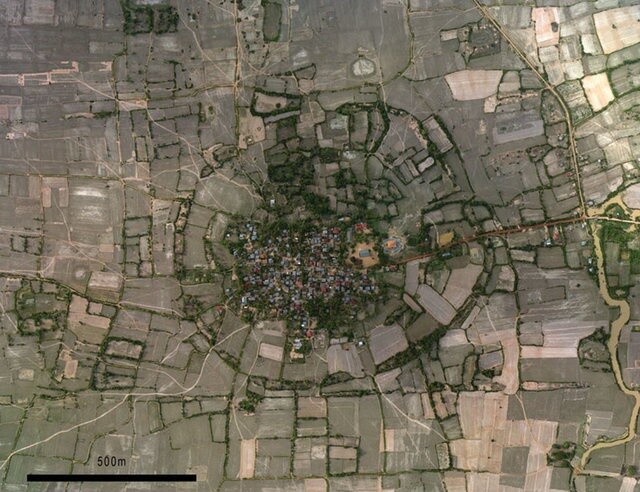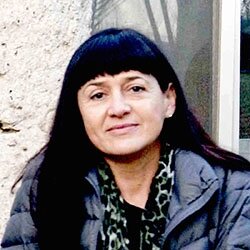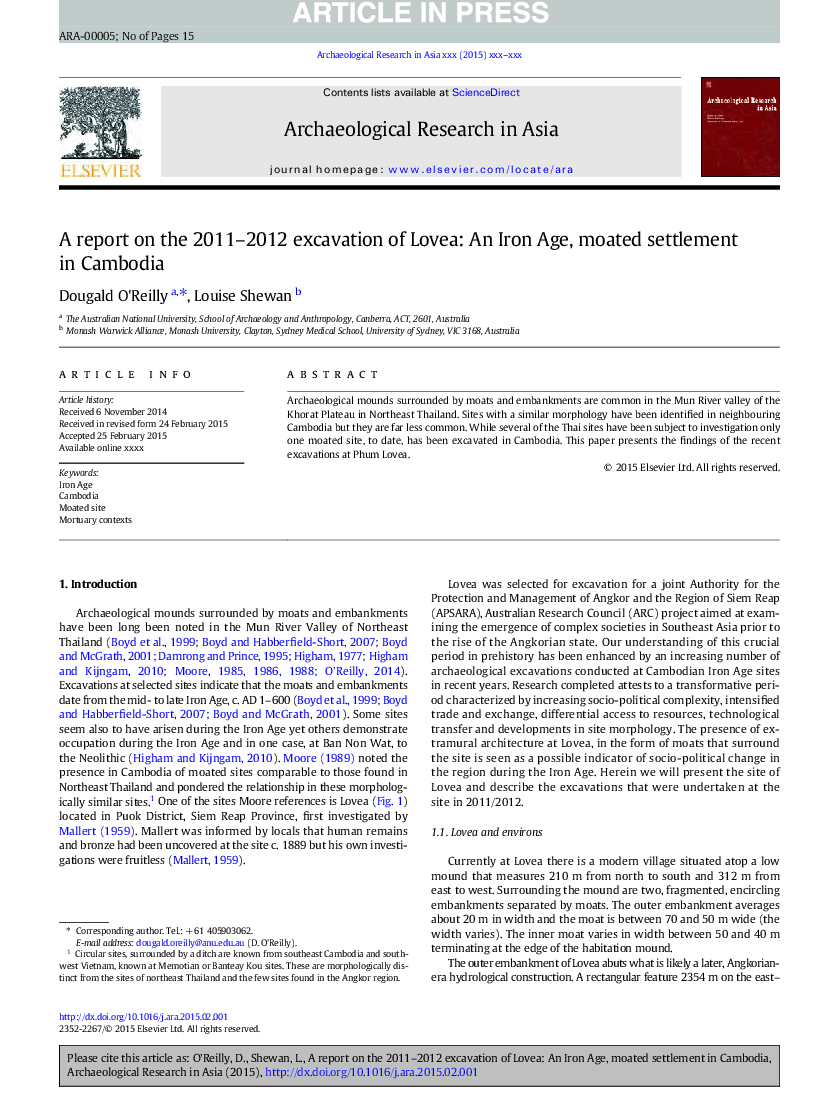Phum Lovea: A moated precursor to the pura of Cambodia?
by Dougald O'Reilly & Louise Shewan
Burial sites show early similarities between different cultures around Southeast Asia.

- Publication
- Journal of Southeast Asian Studies 47(03), pp 468-483 | via Archaeological Research in Asia, Researchgate
- Published
- October 2016
- Authors
- Dougald O'Reilly & Louise Shewan
- Pages
- 15
- Language
- English
pdf 1.2 MB
Sociopolitical transformation from Iron Age settlements to early state society.
- Why Lovea? ‘Archaeological mounds surrounded by moats and embankments have been long been noted in the Mun River Valley of Northeast Thailand. Excavations at selected sites indicate that themoats and embankments date from the mid- to late Iron Age, c. AD 1 – 600. Some sites seem also to have arisen during the Iron Age yet others demonstrate occupation during the Iron Age and in one case, at Ban Non Wat, to the Neolithic. E. Moore (1989) noted the presence in Cambodia of moated sites comparable to those found in Northeast Thailand and pondered the relationship in these morphologically similar sites. One of the sites Moore references is Lovea, located in Puok District, Siem Reap Province, first investigated by Louis Malleret (1959). Mallert was informed by locals that human remains and bronze had been uncovered at the site c. 1889 but his own investigations were fruitless (Mallert, 1959).’
- Bronze coin: ‘The dates in late Iron Age are somewhat corroborated by the discovery of a bronze coin in Burial 11. The coin has a very thick lip and an apparent square whole in its centre but no evidence of any characters. The piece bears some resemblance to a coin held in the Fitzwilliam museum (CM.522‑2000) in the United Kingdom. The Fitzwilliam coin is attributed to the Wang Mang period c. AD 7 – 23. Coins of this period have been found in Sa Huynh period burials in Vietnam and very similar, Xin dynasty (c. 9 – 23 AD) coins are held by the Musée Guimet in Paris from an interment in Thung Thôn, Thanh Hó, Vietnam (MG 23145 and ET 23166). It is impossible to say that the coin was placed in the grave at this time but its presence does provide a terminus ante quem for the burial if theidentification is accurate.’
Photo: Aerial view of Lovea Moated Site, LIDAR Campaign 2012 (D. O’Reilly)
Tags: burial, mortuary rites, Iron Age, prehistory, pre-Angkorean
About the Authors

Dougald O'Reilly
An Associate Professor at the College of Arts & Social Sciences, Australian National University, Douglas W. O’Reilly is an archaelogist active in Cambodia since 1999.
In response to the looting of archaeological sites in Cambodia, especially the looting at the prehistoric site of Phum Snay, a non-governmental organization called Heritage Watch was founded by O’Reilly in 2003 to combat the loss of heritage in Cambodia. Heritage Watch established a nationwide education campaign highlighting the importance of heritage and continues to work in heritage preservation, currently running a programme called Heritage for Kids. Several Cambodian archaeologists such as Dr. Heng Sophady, Im Sokrithy and Ea Darith, have joined Heritage Watch.
After being a UNESCO lecturer at the Royal University of Fine Arts in Phnom Penh from 1999 to 2006, Dougald O’Reilly lectured at the University of Sydney, Australia, from 2006 to 2008, was a visiting lecturer at Yale University in 2008-09, and is currently employed with the Australian National University (ANU), while conducting archaeological research in Laos.

Louise Shewan
Louise Shewan is the Centenary Fellow (Science) based in the School of Earth Sciences, University of Melbourne. Her current archaeology project is the ‘Plain of Jars Archaeological Project’. The network of some 90 sites across modern Laos has been added to UNESCO World Heritage List since 2019.
Since 2014, Louise Shewan has joined the ‘From Paddy to Pura: the Origins of Angkor’ Project, a research aimed at examining emerging socio-political complexity in Thailand prior to the rise of the Angkorian state. The project is seeking evidence of the indicators of socio-political transformation including the control of trade and exchange networks, settlement transformation and growth, rising militarism, the attainment of status through the deployment of surpluses, and privileged access to vital resources. Furthermore the project will examine changing population dynamics, specifically, health, mobility and the genetic relationship between the occupants of sites. The project has investigated the moated site of Lovea near Angkor in Cambodia and the site of Prei Khmeng which boasts a later Khmer temple atop a prehistoric cemetery. One site has been selected in Thailand: the oval, moated site of Non Ban Jak in the Mun Valley.

